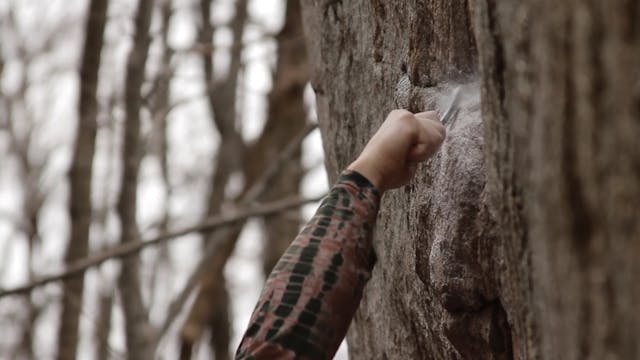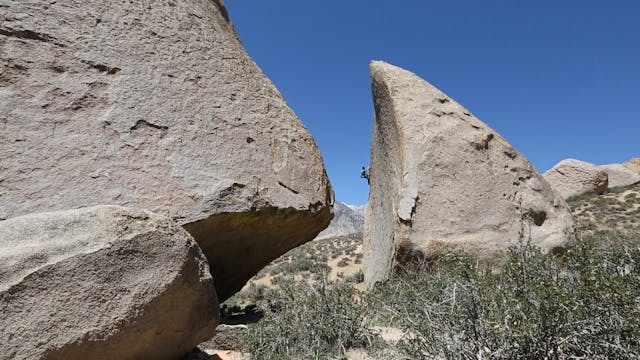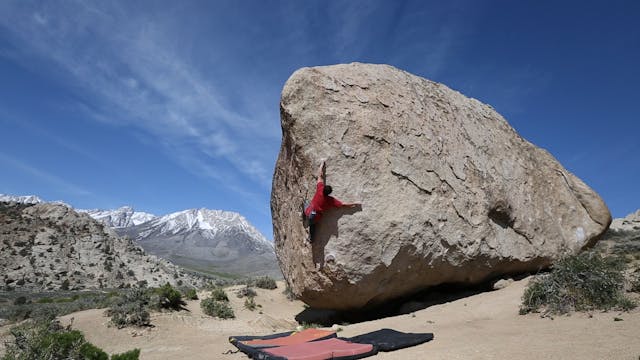Bouldering: 4. Risk Assessment
Bouldering
•
1m 31s
Bouldering, while not as high in the air as other types of climbing, is no less dangerous.
Most common outdoor climbing injuries stem from boulder falls. Give extra consideration to your surroundings when bouldering.
Below are a few things to consider when assessing the risks of each boulder problem:
1. Clear the landing zone if possible. Be on the lookout for rocks, plants, tree roots, people, dogs, water bottles, etc.
2. Is a “Crash Pad” available? Is it needed? Is a single pad enough?
3. Is there anyone available to “Spot” you?
4. Depending on the climbing destination, be aware of varying degrees of climbing grades. Example: a V3 at your local crag may differ from what another location considers a V3.
We hope you found this video helpful. Feel free to comment below with questions or thoughts!
Please remember, climbing is inherently dangerous. Climb at your own risk.
Up Next in Bouldering
-
Bouldering: 5. Brushing Holds
Whether climbing outdoors or indoors, brushing excessive chalk off the holds is typically a smart idea. The more chalk on a hold, the less friction you have with the stone or the plastic.
Below are a few things to consider when brushing holds:
1. Plastic bristles can wear down the natur...
-
Bouldering: 6. High Balls
A “high ball” refers to boulder problems generally above 15 or 16 feet, or with a top-out approximately 5 meters high (or higher). Another way to think of “high balls”, is an un-roped climb that is 3x your height, or taller.
Below are a few things to consider when climbing high balls:
1....
-
Bouldering: 7. The Importance of Warm...
Like in most sports, warming up is crucial to bouldering success and injury prevention. Below are a few things to consider when warming up for bouldering:
1. Be sure to spend a good 10 minutes stretching your tendons and muscles in your legs, back, and forearms. For more on this, see our video...


